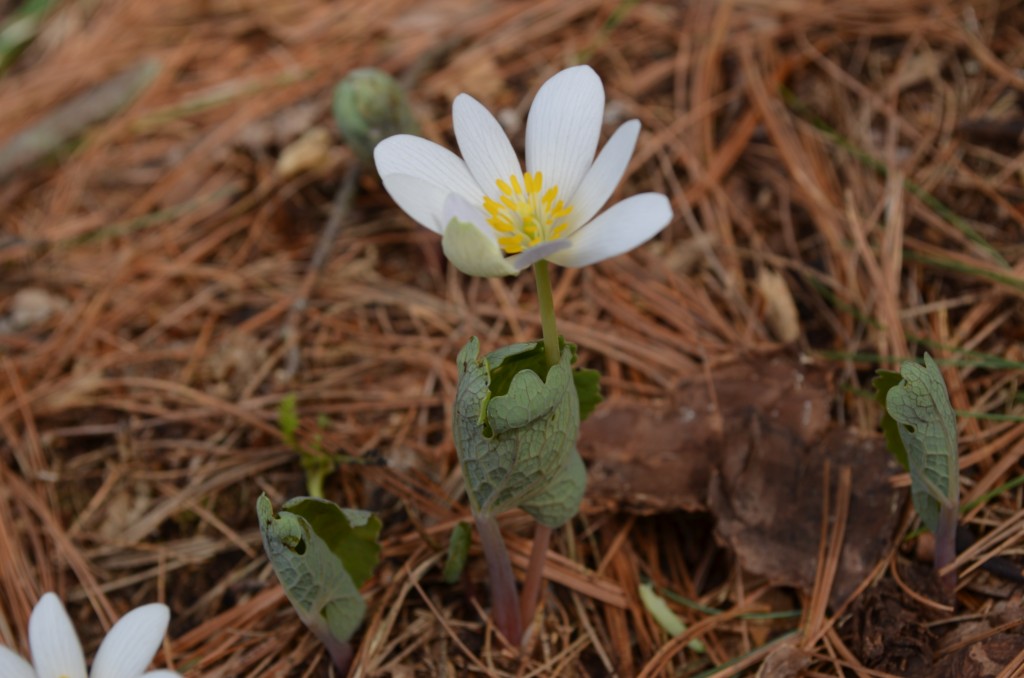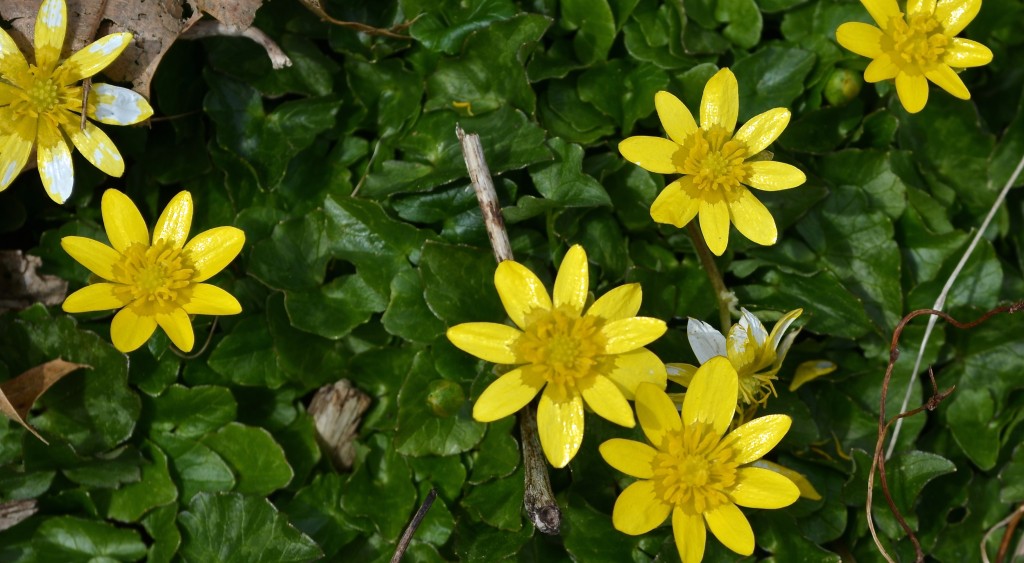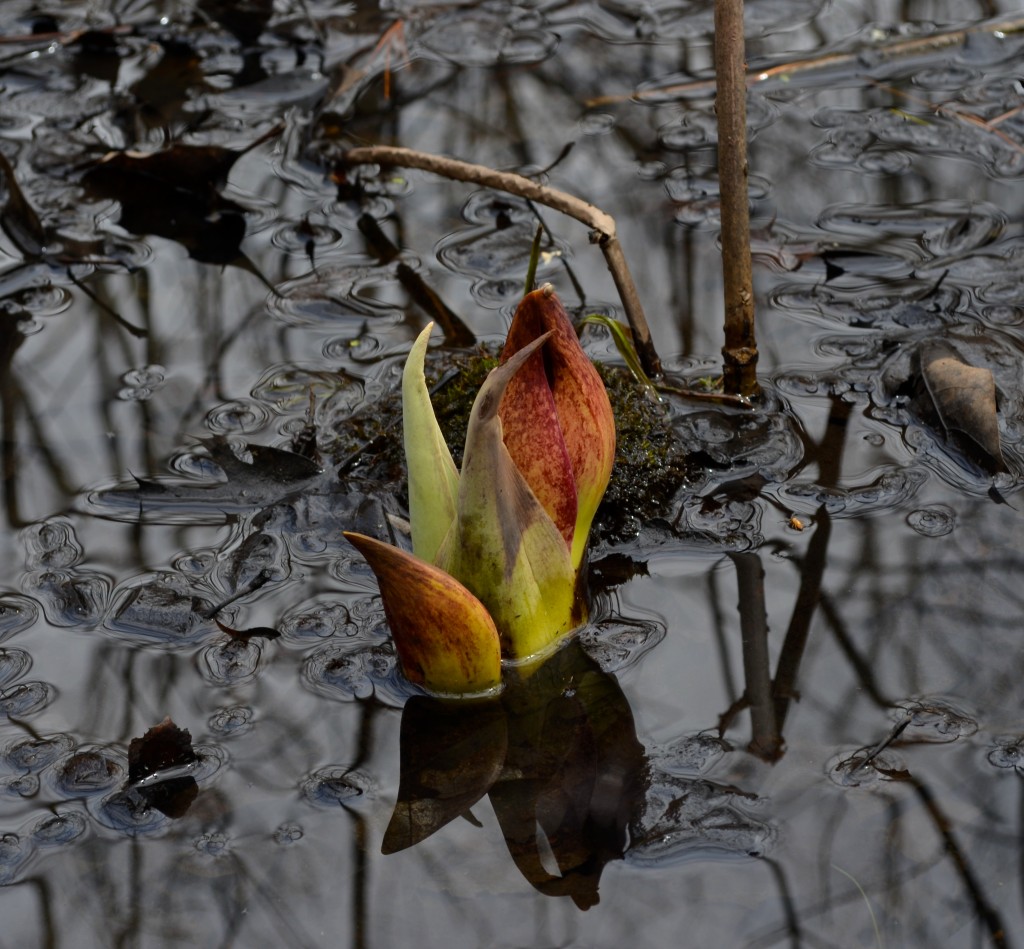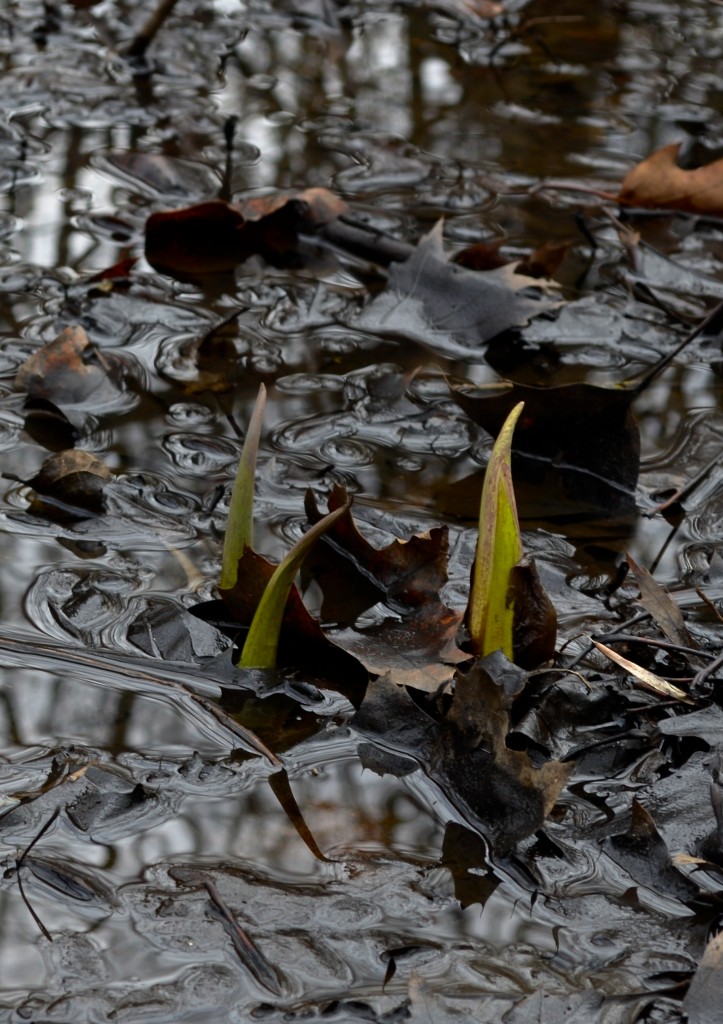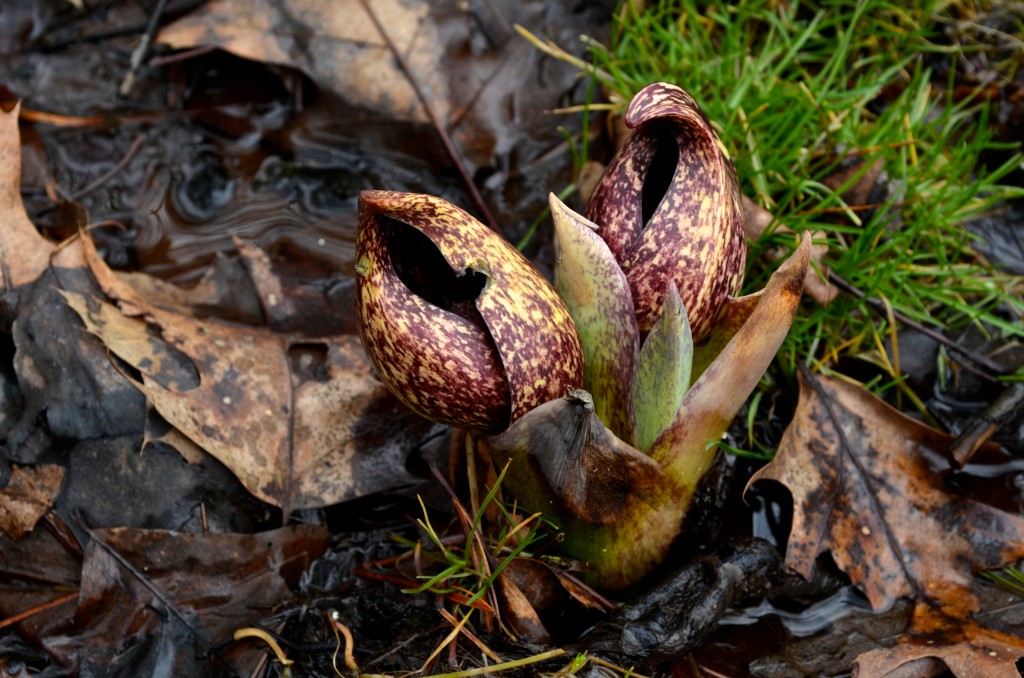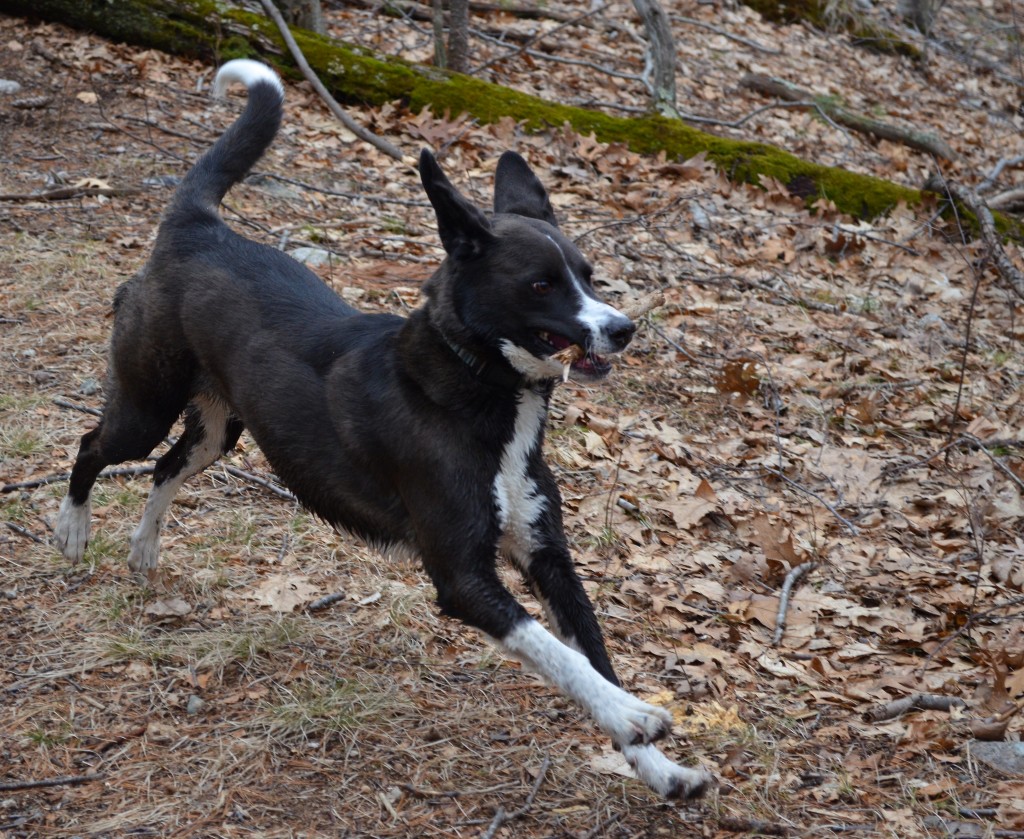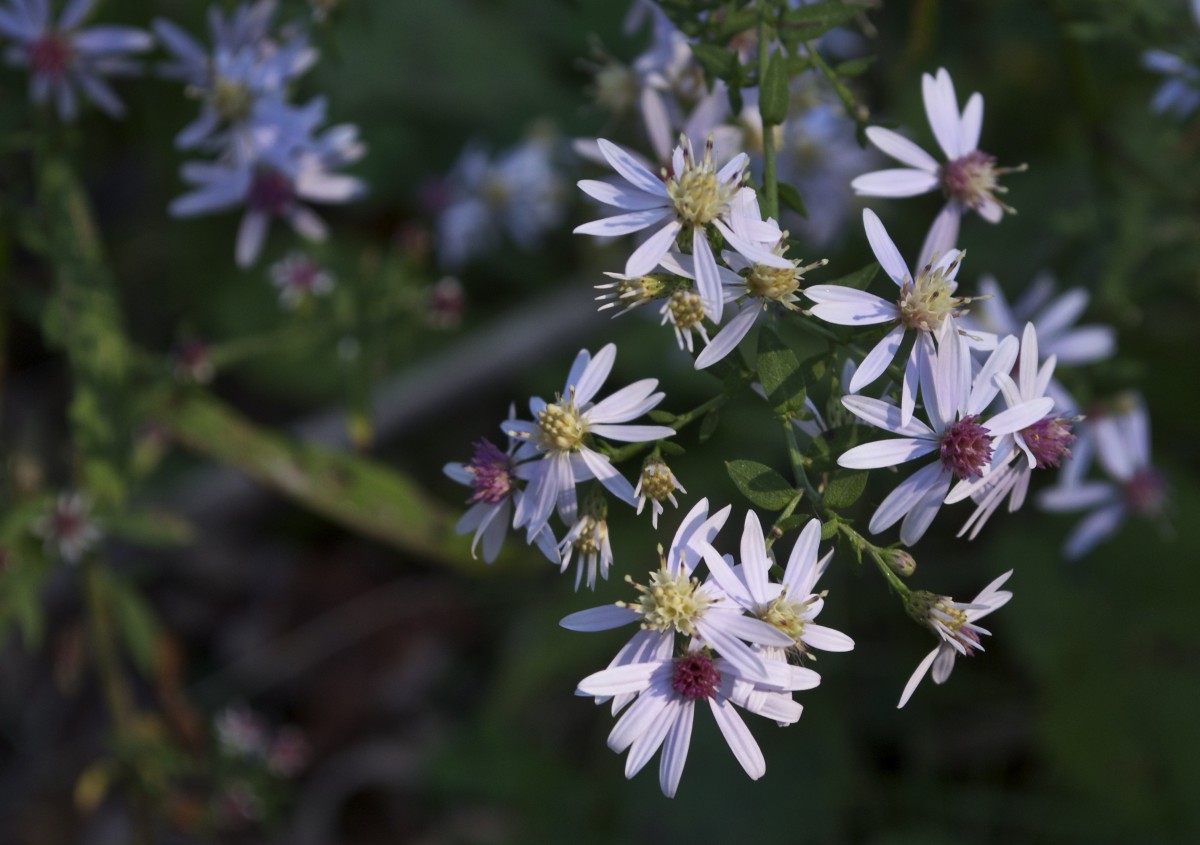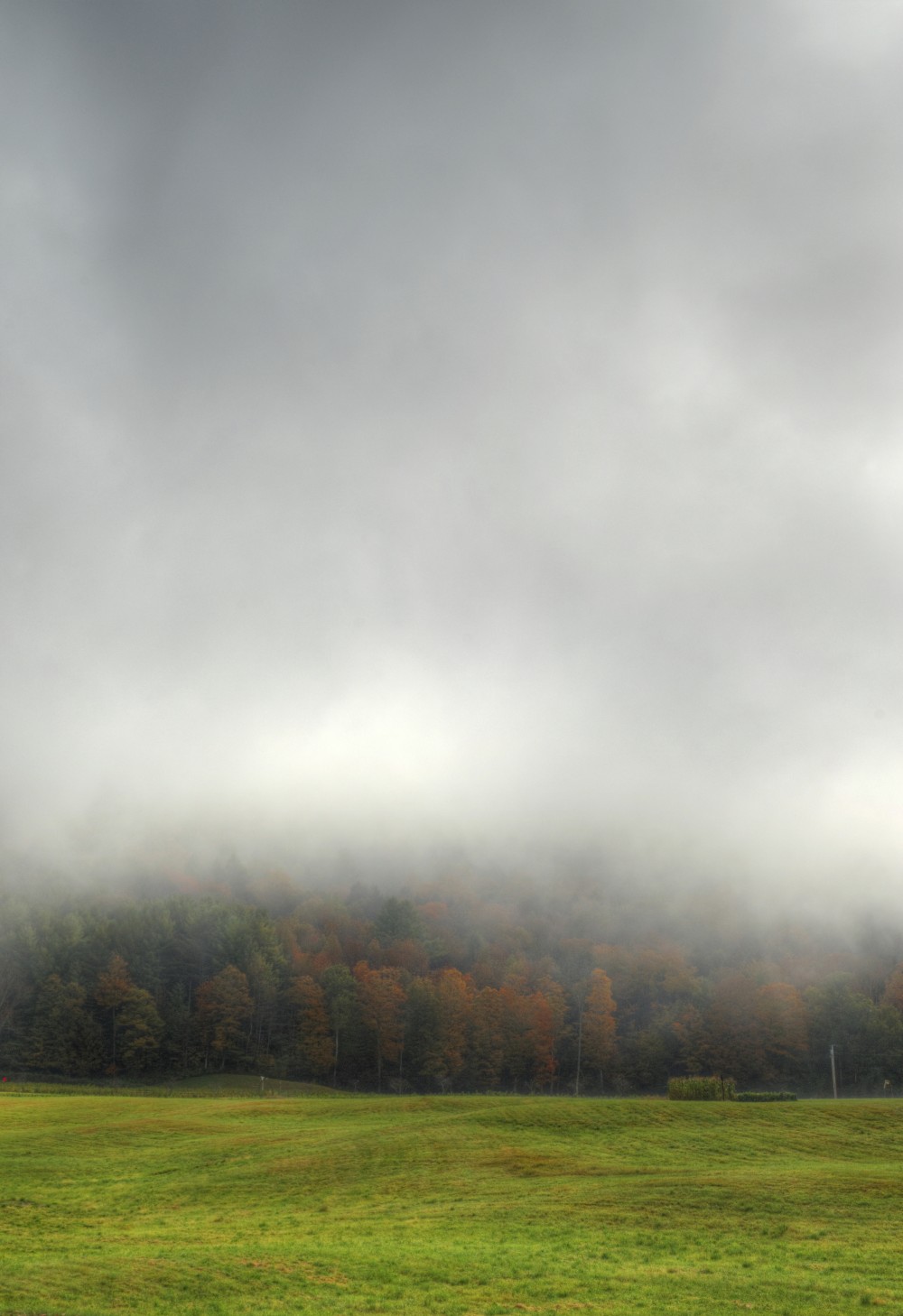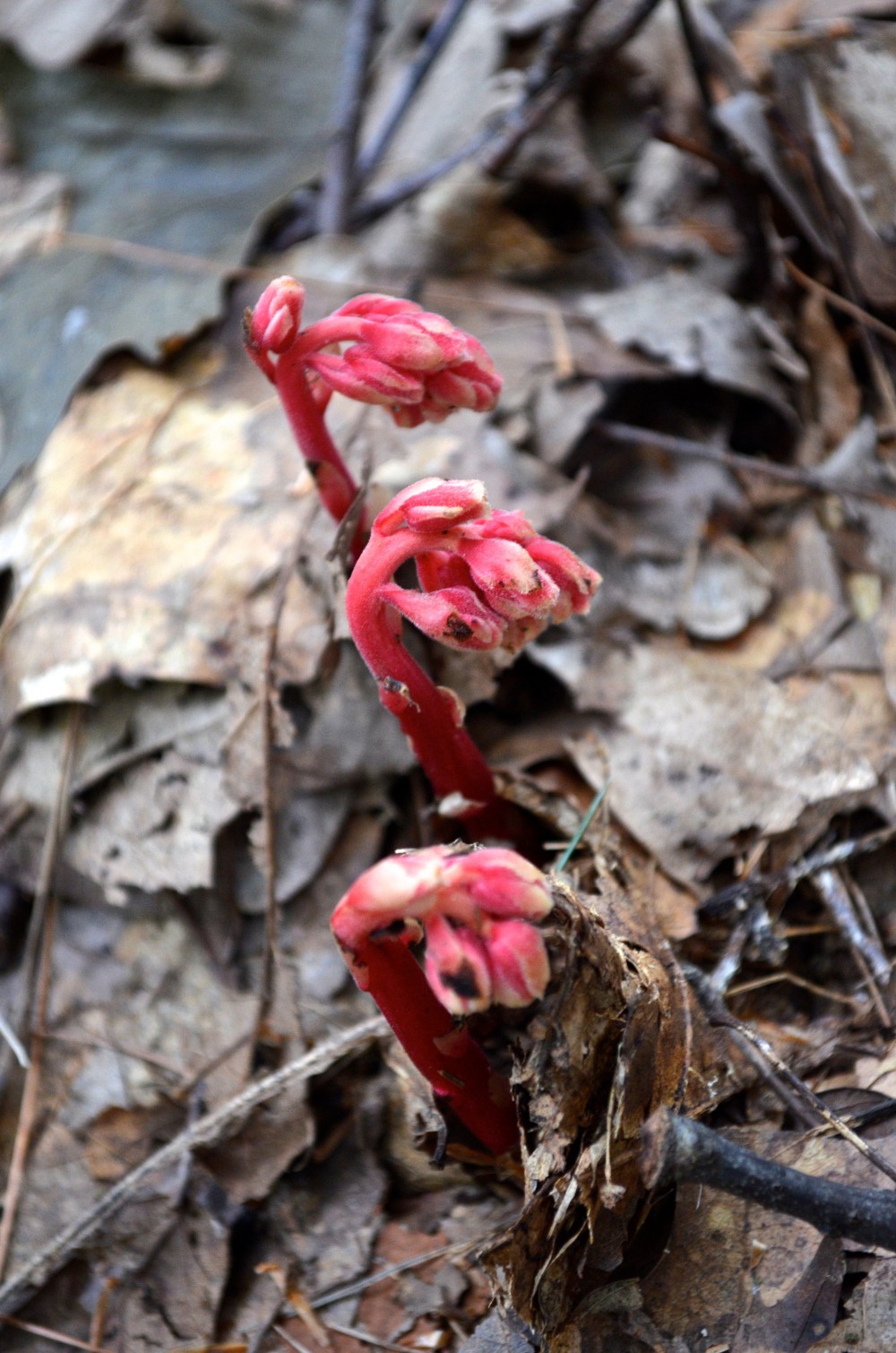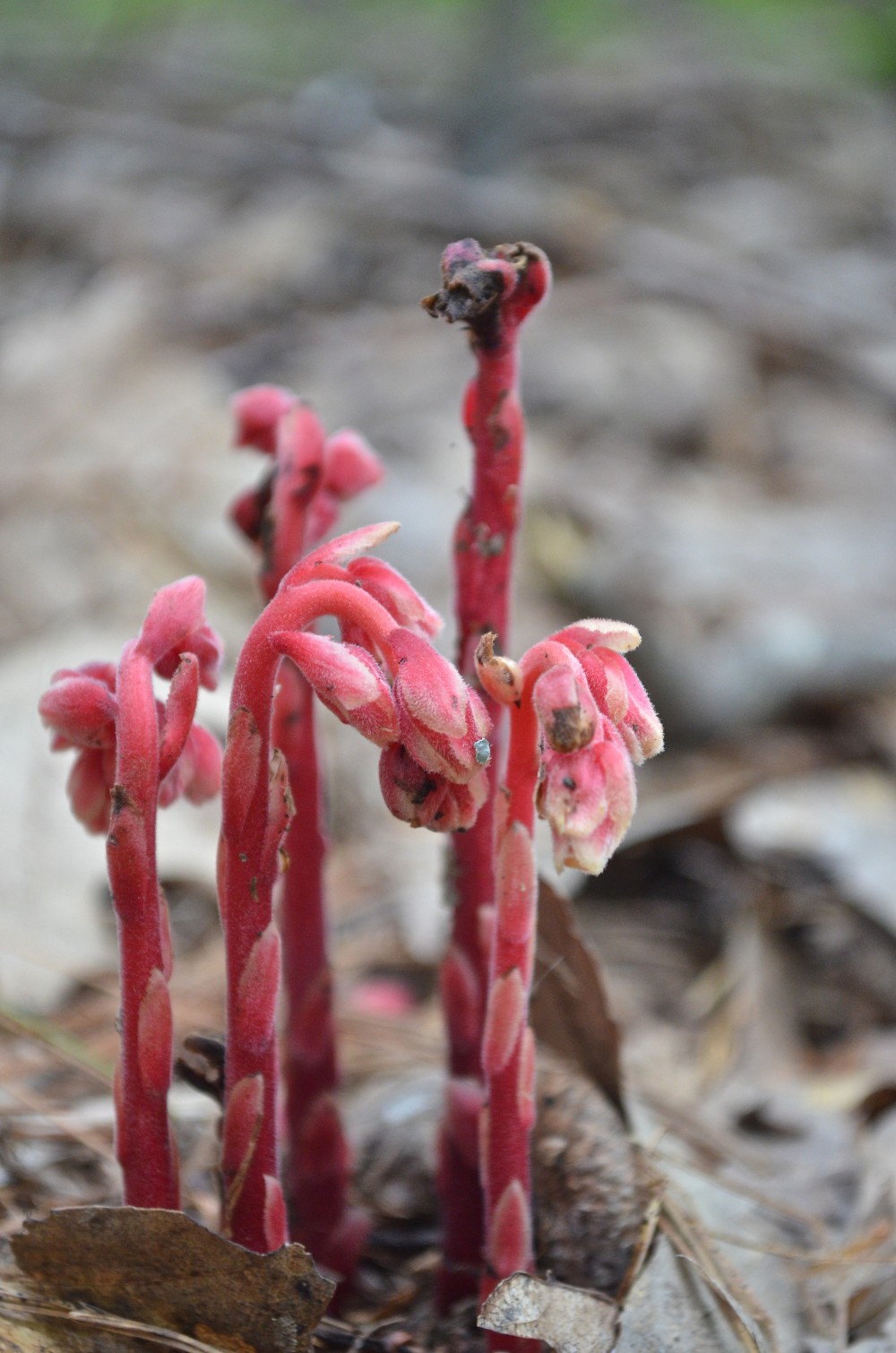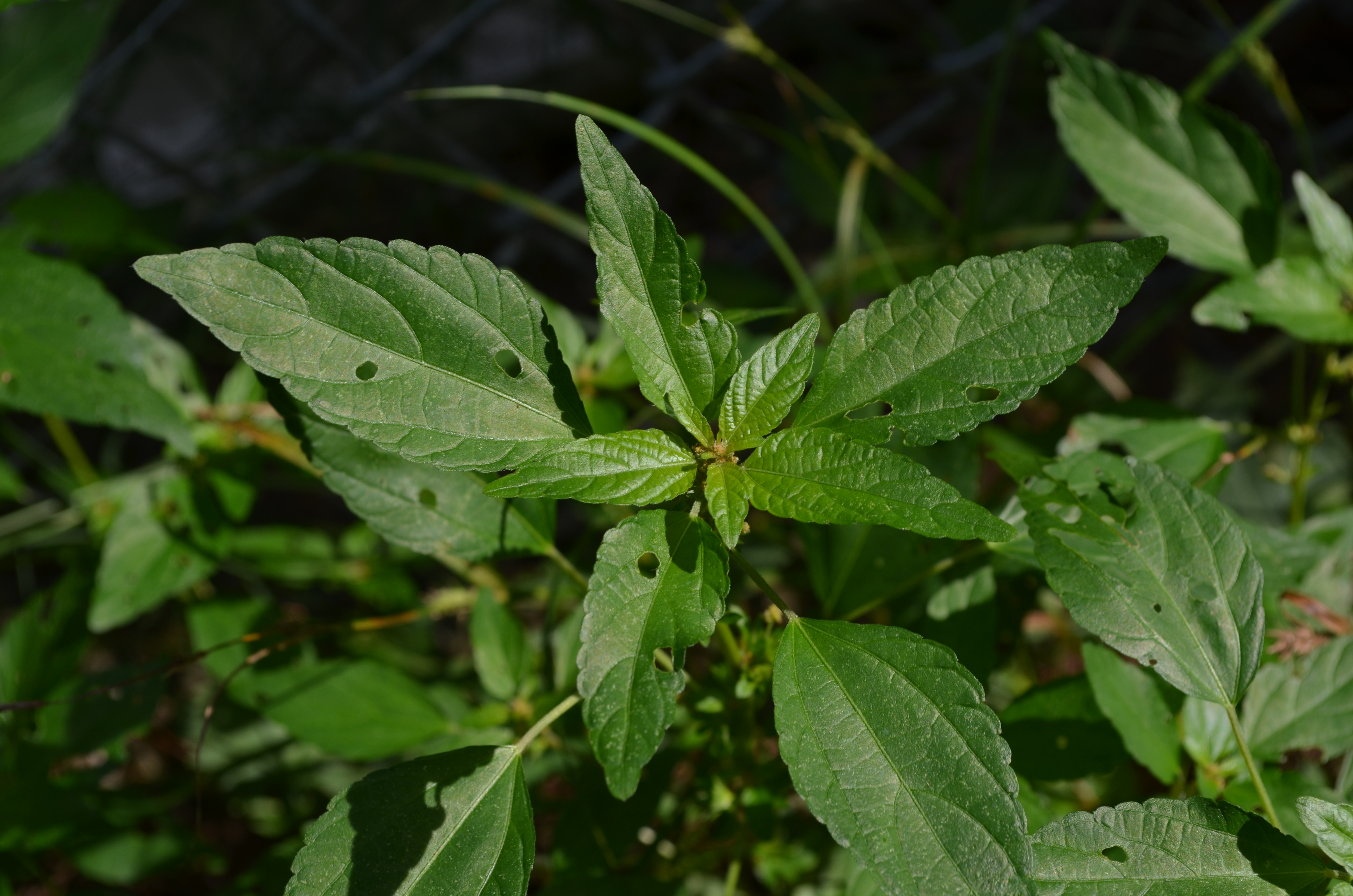A “spring ephemeral.” Has only basal leaves which wrap around the flower stalk as it begins to bloom. Then the leaves open fully as the flower withers. The flowers bloom only one or two days each, with a fragrant scent. The foliage contains a red juice (which was used by native people to make dye). It’s toxic and usually avoided by herbivores. Native to eastern North America. (This sample is in my yard, an import from the Whitesides garden in Charleston, Illinois.) Poppy family
Bloodroot (Sanguinaria canadensis)

